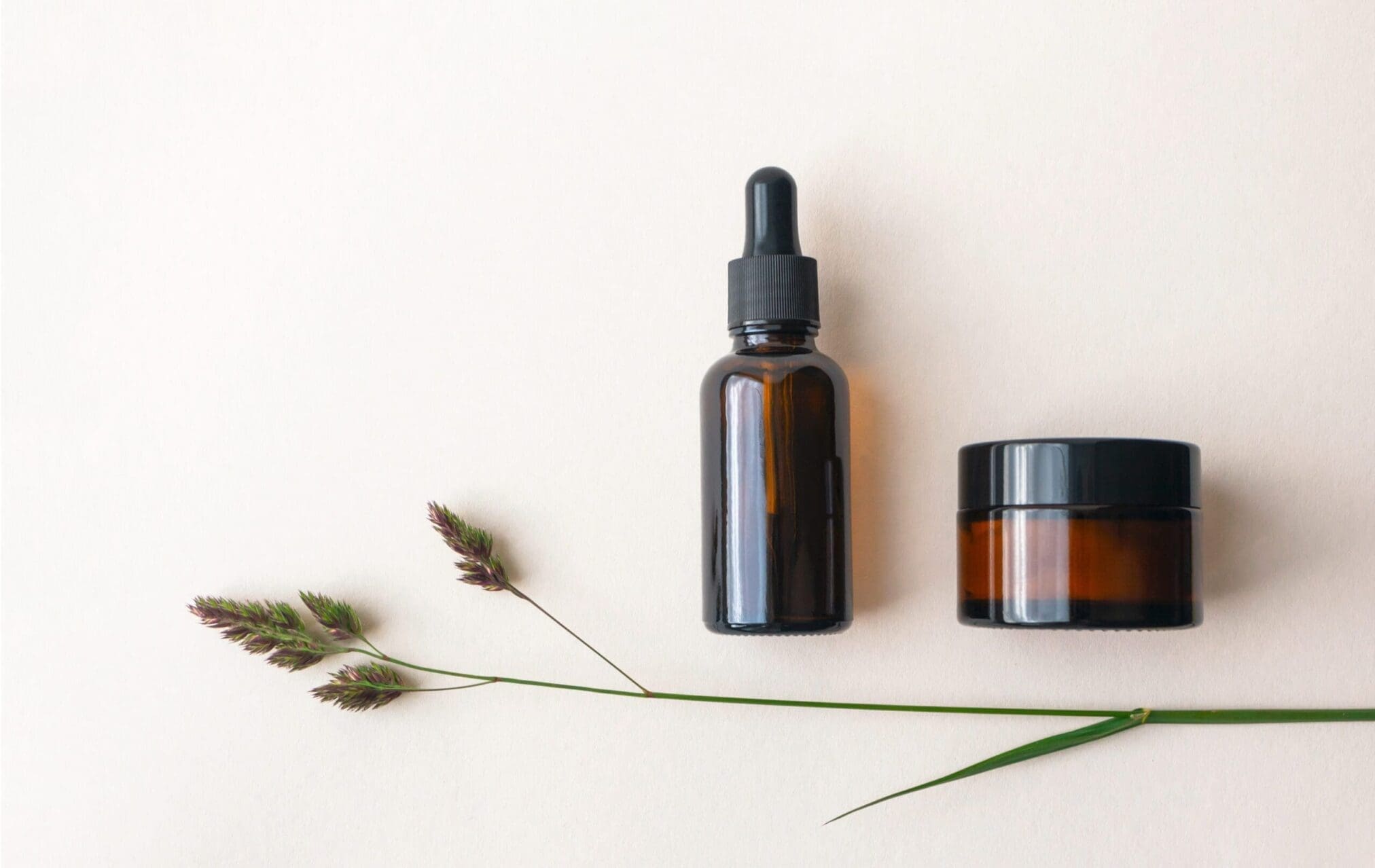According to Regulation (EU) 2021/1099 dated July 5, 2021, Deoxyarbutin has been added to the list of substances prohibited for use in cosmetics. At the same time, some restrictions have been imposed on the use of Dihydroxyacetone.
The ban on Deoxyarbutin applies as of July 26, 2021. Conversely, products containing Dihydroxyacetone and not complying with the new restrictions cannot be placed on the EU market after January 26, 2022, and they cannot be made available on the EU market after April 22, 2022.
Deoxyarbutin – CAS No. 53936-56-4’
Deoxyarbutin (INCI: Tetrahydropyranyloxy Phenol) is a skin-lightening agent that releases Hydroquinone. In 2015, the Scientific Committee on Consumer Safety (SCCS) assessed its safety in cosmetic products: in its Opinion SCCS/1554/15, it concluded that Deoxyarbutin releases Hydroquinone at levels that raise concerns regarding the safety of cosmetics during their life cycle. Hence, it cannot be considered safe.
For this reason, the European Commission added Deoxyarbutin to Annex II to the EU Cosmetics Regulation, and its use in cosmetics has been prohibited since July 2021.
Dihydroxyacetone – CAS 96-26-4
Dihydroxyacetone, also known as DHA, is used in cosmetic products as hair dyeing, skin conditioning, and tanning ingredient.
Following the SCCS Opinion of March 2020, the European Commission added Dihydroxyacetone in Annex III to the EU Cosmetics Regulation. Thus, it can be used in cosmetics according to the following restrictions:
– In hair dye substance in non-oxidative hair dye products up to a maximum concentration of 6.25%;
– In self-tanning products, up to a maximum concentration of 10%.
Deadlines for the applicability of these restrictions have been outlined in the introduction of this article and are meant to allow the industry to adapt to the new requirements. They apply:
– From January 26, 2022, for placing on the market;
– From April 22, 2022, for making available on the market.
At present, DHA is not restricted in the UK, but it has been identified as a priority substance to be evaluated by the UK Scientific Advisory Group on Chemical Safety in Consumer Products.
Want to know more on this topic? Contact us!
Francesca Santacatterina
Publications Department
25.01.2022
References:
– European Commission. (2021). Commission Regulation (EU) 2021/1099 of 5 July 2021 amending Annexes II and II to Regulation (EC) No 1223/2009 of the European Parliament and of the Council on cosmetic products. Retrieved on 25/01/2022 from Publications Office (europa.eu)
– Scientific Committee on Consumer Safety. (2020). Opinion on Dihydroxyacetone – DHA. Retrieved on 25/01/2022 from Opinion on Dihydroxyacetone – DHA (1,3-Dihydroxy-2-propanone) CAS No. 96-26-4 (europa.eu)
– Scientific Committee on Consumer Safety. (2015). Opinion on Deoxyarbutin. Tetrahydropyranyloxy Phenol. Retrieved on 25/01/2022 from Opinion of the Scientific Committee on Consumer Safety on o-aminophenol (A14) (europa.eu)


